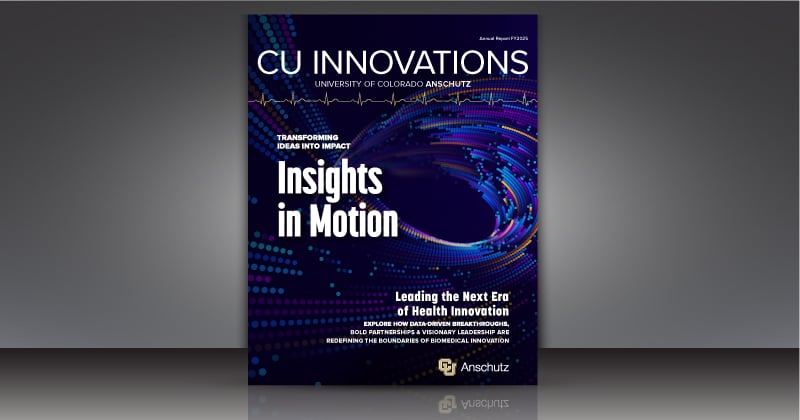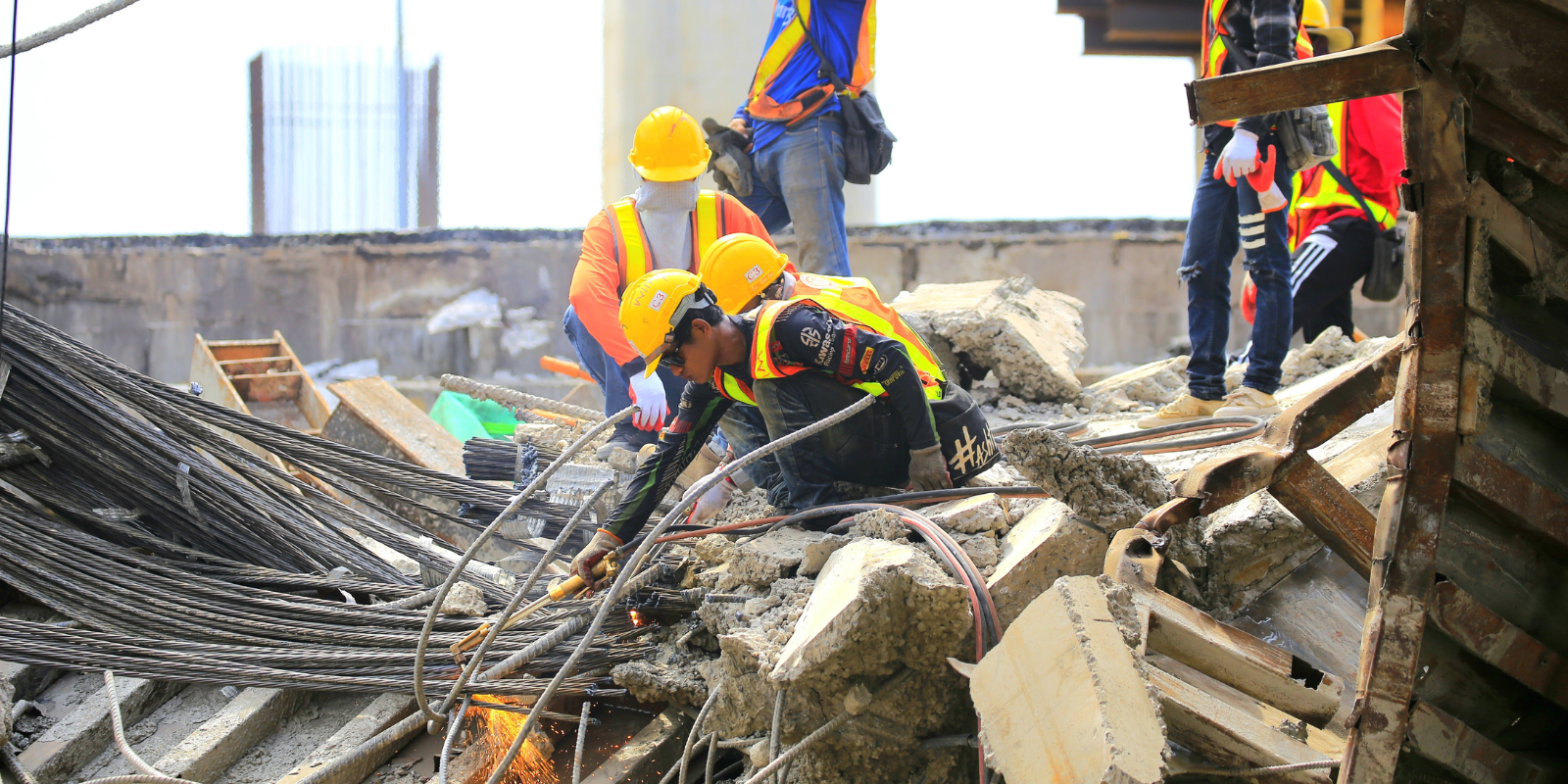Why, specifically, are sunglasses so important?
It's so important because not only do we want to protect the inside of the eye, like the lens and the retina, but we want to protect the ocular surface. And we also want to protect the skin around the eyes. The eyelid skin is subjected to the sun just like to any other skin on our body. You can get skin cancers of the eyelids or on the ocular surface. Sun exposure can also lead to wrinkling and premature aging.
What are polarized sunglasses?
Polarized sunglasses are sunglasses that have a filter on the lens that helps to reduce glare. The filter basically blocks certain wavelengths of light from passing through it. For example, most of the time it only allows vertical wavelengths of light to come through, not horizontal. It's almost like looking through a slit. They can also sharpen vision or provide better contrast. They are helpful for people who are out in high-glare situations a lot. So people who are outdoors, hiking on a glacier, skiing, fishing where light reflects off the water, activities like that.
Is there an ideal sunglass lens for eye protection?
You just want to make sure that your sunglasses have UVA and UVB protection and even inexpensive lenses are supposed to have that. The reality is there are some that don't. Like if you go to a really cheap flea market or something like that, or a dollar store, you may find some that don't. There should be some kind of a sticker on the lens that says UVA/UVB. Bottom line is you don't have to spend a lot of money to get UVA and UVB protection, but there are instances where cheaper lenses don't have it. So if you're going to go with an inexpensive lens, just make sure it has it.
Is there an ideal sunglass shape for eye protection?
Ideally, yes, wraparound is better for the reason we talked about before – it protects more of your skin around the eye, and it can definitely help reduce some of that side glare. But if there's a choice of wearing wraparound versus not wearing anything at all, it's still better to wear a non-wraparound pair because you're still going to get pretty good protection.
What do UVA and UVB rays do to the eyes?
The rays can damage every part of the eye. We talked about skin around the eye, ocular surface, meaning the conjunctiva. Some people with chronic sun exposure get these lesions on the conjunctiva called a pterygium, which is like a wing-shaped growth that grows onto the cornea. You can also get skin cancers on the skin or on the ocular surface. There can be damage to the cornea, which is the front of the eye. And then when you move inside the eye, cataract formation and potentially things like macular degeneration, can occur.
We know that chronic UV exposure can be harmful to all parts of the eye. And that's why it's important to wear as much sun protection as possible. Even if it's on an overcast day, you can still get a lot of UV rays, especially here in Colorado since we're at higher altitude.
Do you need to wear sunglasses if your contacts have UV protection?
Having the UV protection in the contact lens is awesome. It's great. But it's only going to protect the part of the eye that it covers. So we still want you to wear sunglasses for the other parts of the eye. But absolutely it helps.
For example, when we do cataract surgery, we take out the lens inside the eye, and we put an implant lens in the eye, and that implant lens also has UV protection in it. But again, it doesn't protect anything that it's not covering, so it doesn't protect the ocular surface or the lids.





